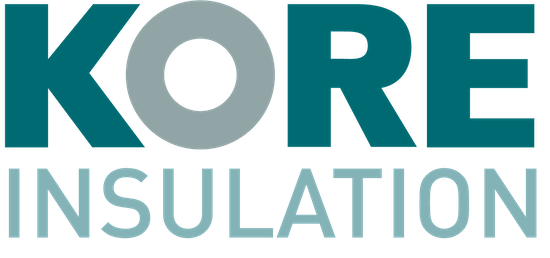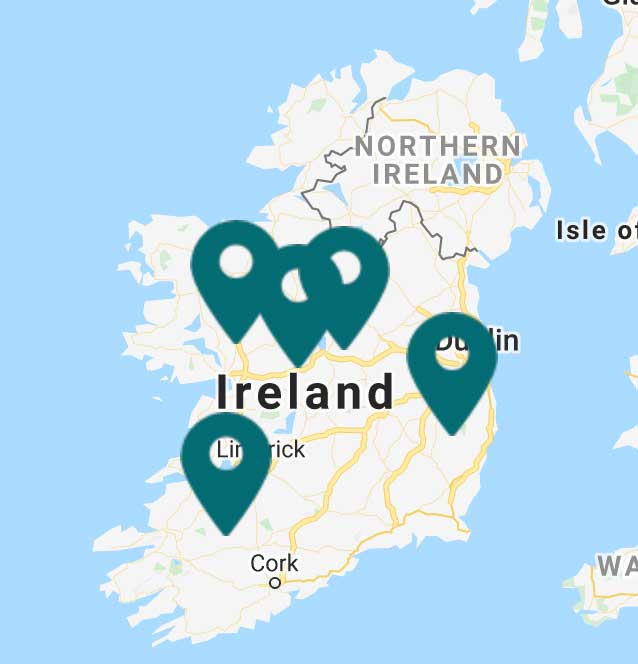
It’s no secret that the winter is here in full force. We’ve already seen our fair share of winter storms are we’re all getting tired of the rain (and snow), wind and ice. Thankfully, the days are already getting longer and we’re counting down the weeks until we’re able to sit in our gardens and enjoy the outdoors.
We all know staying warm can be a challenge – from poorly insulated homes to the cost of heating oil for boilers, it can be tough to stay comfortable even in your own home during the cold months of the year.
To start the new year off right, we’ve put together a list of 10 ways you can keep warm in 2016.
1. Take advantage of insulation and energy efficiency incentives
It’s never been a better time to increase the energy efficiency of your home. Many utilities are offering incentives to install new measures in your home, ranging from new insulation, boilers and heating controls to renewable energy sources like heat pumps and solar water heating systems. Our Energy Efficiency Incentive with Electric Ireland rewards those that choose to upgrade with discounts on electricity or gas bills. An example of the qualifying measures include attic insulation, cavity wall insulation, external wall insulation, internal dry lining, boilers and heating controls.
Electric Ireland is even running a competition for a chance to win up to €25,000 in home energy improvements. Entering only takes a minute, but be sure you enter before the 31st January 2016.
SEAI’s Better Energy Homes Scheme is still going strong in 2016, offering cash grants for a wide variety of measures. These insulation grants are available for home owners with homes built before 2006. Even better, you can combine these insulation grants with our Energy Efficiency Incentive to reduce the cost even further. Our network of KORE installers can help you with the application process and ensure the measures are installed at the highest quality.
If you’re in receipt of Fuel Allowance, Jobseekers Allowance for more than 6 months and with a child under the age of 7 or Family Income Supplement you may even be eligible for free home insulation through the Warmer Homes Scheme. You must own the home and it must have been built before 2006 to qualify. While the measures are more limited than the Electric Ireland Incentive there are no costs involved for those who qualify.
2. Wear layers instead of turning up the thermostat
While it may be easy to turn up the thermostat a degree or two when the temperature drops, it usually comes at a higher cost. While we’re all meant to be comfortable in our own homes, you can reduce the damage done to your wallet on energy spend by dressing appropriately for the weather.
While just putting more clothes on may seem like the way to go, there is actually a science behind dressing warmer. Start with a lightweight base that is tight fitting against the skin. This will help trap the air next to the skin so it acts as an insulator while keeping moisture away. Avoid using cotton as a base layer and stick to synthetic fabrics and merino wool. Your next layer should be nice and warm like a jumper made from down, wool or fleece. Consider a waterproof or weather resistant top outer layer if you plan on going outside.
Still cold? You could lose up to 10% of your body’s heat through your head, so be sure to include a hat on those really cold nights.
3. Take advantage of the sunlight
On sunny days one of the easiest ways to heat up your home is to simply open the curtains and let the sunlight in. If your windows are facing a direction that lets in a lot of light you could be surprised how easily and efficiently this works.
The opposite is true at night, close the curtains to prevent the heat from escaping. If the windows are older you may consider upgrading to a double or triple-pane window. Full window replacement is even included in our Energy Efficiency Incentive!
4. Seal up those draughts
Do you constantly feel a breeze entering your home? Unsealed draughts can account for up to 30% of your home’s heat loss. It may be time to invest in some draught proofing measures to help seal your home and make it more airtight. Solutions include installing draught proofing strips around windows and doors and brushes along the bottoms of doors and letter boxes. A chimney balloon can also be useful for preventing heat from escaping up the chimney when it’s not in use.
KORE installers can help you identify and fix draughts found throughout the house. If you’re installing new insulation or other energy efficiency measures make sure you mention draught proofing. It’s also not too difficult to draught proof your home as a DIY project at the weekend.
5. Cover up the floors
You may be losing up to 10% of your home’s heat through the floor. If you can’t insulate the floor there are several things you can do to help slow down heat loss and make your home more comfortable. If your home has wood floors it may be worth investing in carpets or area rugs. If you decide to lay carpet make sure it’s thick. Your feet will thank you and it’ll work as a better insulator to prevent cold floors and heat loss.
If your building a new home it’s worth investing in an insulated foundation system or insulating the floor. It’s usually cost prohibitive to insulate the floor after the house has been built, so consider these options during the planning and design stage. A passive foundation system will prevent thermal bridges at the wall-to-floor junction and typically won’t cost more than a traditional strip foundation.
6. Don’t forget the trusty hot water bottle
Water bottles are an excellent and energy efficient way to help stay warm during cold weather. It’s as simple as boiling the kettle. You can even use the left over hot water for a cup of tea! A good insulated hot water bottle can keep the water warm for hours and is much safer than using an electric blanket when you’re sleeping. Try it out before you reach for the thermostat.
7. Install silver foil behind the radiators
A sheet of tin foil placed behind the radiators in your home can help to reflect the heat back into the room rather than it escaping through exterior walls. While regular tin foil will do the trick, most hardware stores do sell a product designed specifically for this application. The tin foil can be wrapped around a piece of cardboard to the size you need, or it can be applied to the wall using wallpaper paste. However, if you already have cavity wall insulation installed it may not make a noticeable difference.
8. Invest in a smart thermostat
Is your thermostat looking and acting a little tired? Luckily, there are several new smart thermostats available that can help your boiler run more efficiently.
For example, the Nest Learning Thermostat offers several energy saving features:
- Auto-scheduling adapts to the temperatures you like, remembers your preferences and sets up an automatic schedule all within the first week
- Remote control lets you set the temperature through a smartphone, tablet or laptop. You no longer have to worry if you forget to turn off the heat when you leave the house – all you need is a Wi-Fi connection
- The thermostat will alert you when you’ve chosen an energy saving temperature. Normal users see energy savings of up to 12%
While smart thermostats may cost a bit more, you may be able to find them on offer through your electricity provider. Some may even provide a smart thermostat free of charge by signing a two year contract. There are several different brands, so be sure to shop around to find the best deal.
If a smart thermometer may be too much for your needs, consider a programmable thermostat instead. While they may not offer some of the more advanced features, most programmable thermostats will allow you to set your heating and cooling automatically on both a weekday and weekend schedule. Most programmable thermostats are easy to install in less than 30 minutes. While you’re at it, add a timer to your immersion to reduce your energy consumption for heating water.
9. Don’t forget about water pipes and tanks
Pipe insulation serves a number of purposes – from preventing freezing during cold weather to keeping water hotter for longer periods of time. Pipe insulation is inexpensive and pays for itself in just a few months. The same goes for your hot water cylinder. Hot water tank lagging doesn’t cost a fortune, can pay for itself in a matter of months and can save over 30% off your cost of heating water. If your planning on upgrading your wall insulation or attic insulation, pipe and tank insulation should be installed at the same time.
Your cold water tank should be insulated as well to prevent freezing during the winter. Hot and cold water tank lagging can be installed by professionals, and is also easy enough to install by yourself. You can find pipe and tank lagging at most hardware stores.
10. Think long term – and renewable
Insulating your home is an investment and one of the most effective ways to stay comfortable when you’re at home. Insulation keeps you warm during the winter and cool during the summer, meaning it’s useful year round and not just when it’s cold outside. In addition to increasing the comfort of your home and its energy efficiency, new insulation may also increase the value of your home and its Building Energy Rating (BER).
Other worthwhile investments include renewable energy technologies like solar water heating systems, heat pumps and biomass boilers. Some of these energy efficiency measures may be found in our Electric Ireland Incentive and the Better Energy Homes Scheme, which can help to reduce the upfront cost.

